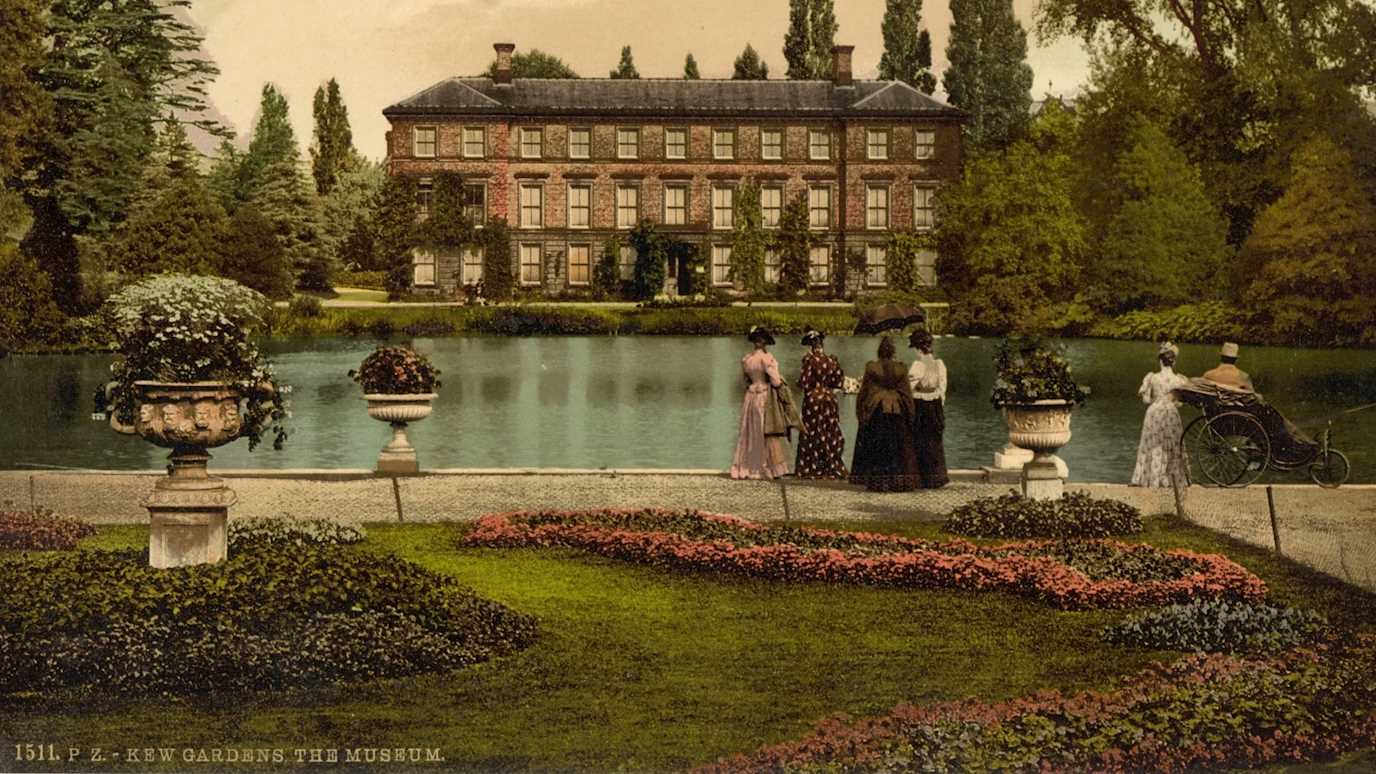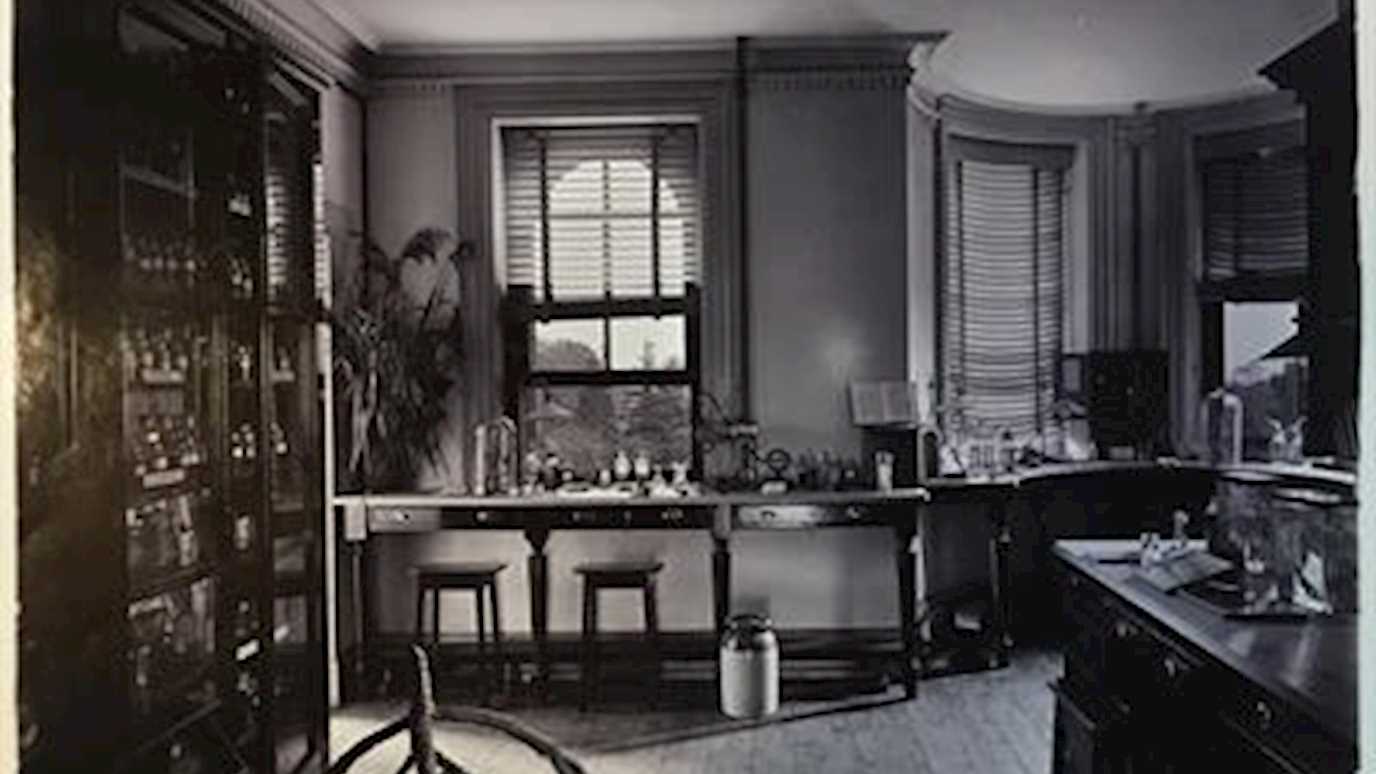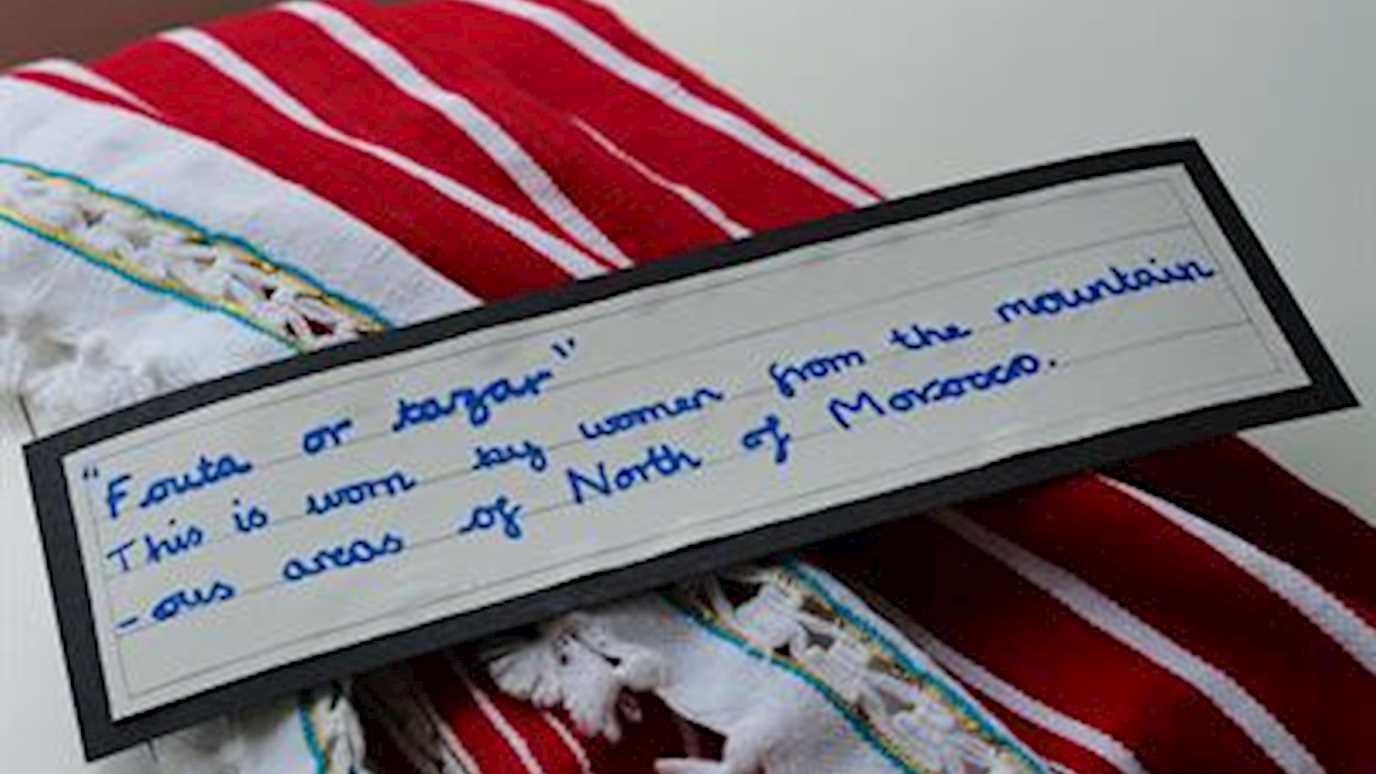Posted on 18/10/2017 by Caroline Cornish
This year marks the 30th anniversary of Black History Month in the UK, a festival which aims to ‘promote knowledge of black history’ and ‘to disseminate information on positive black contributions to British society.’ Difficult to argue with that, you might think, and yet, Black History Month is not without its critics, both within and without Britain’s black community. It has been described by Liana Miller as ‘tokenism’ and ‘a regression to segregation,’ whilst for historian Steve Martin, it ‘only serves to reinforce notions of black dysfunctionality and otherness.’
Left to right, accession record of S.B.A. Macfoy’s donation, 1890; Sir Samuel Lewis; accession record of D. E. Headley’s donation, 1900.
Researching the black presence in UK archives is not without its challenges. As Caroline Bressey has demonstrated, ‘evidence of Black people from these sources is often collected from hints in lists … that sometimes yield small glimpses’. Such hints and glimpses have already led to the discovery of Afro-Caribbean donors in the history of the collections at Kew.
In May 1890, S.B.A. Macfoy, a wealthy Krio trader in Sierra Leone, donated a sample of tapioca (Manihot utilissima) to Kew’s Museum of Economic Botany. The donation was made on his behalf by Sir Samuel Lewis, also a Krio, who had himself donated specimens to the Kew Herbarium in 1870. Lewis was the first West African ever knighted and was the third Sierra Leonean to qualify as a barrister, having trained at London’s Middle Temple.
A number of other black people have been identified amongst the record of donors. In 1900, for example, D E. Headley, an engineer at the Sir Walter Raleigh Gold Mine in British Guiana, sent seeds of the ‘coonami’ tree, used by the indigenous peoples in the region to catch fish. Headley later moved to London and was an air-raid warden at St. Pancras in the Blitz.
Furthermore, as we argued in the first Mobile Museum Working Paper, it is important to consider the hidden histories which lie behind the names of European donors listed in accession records. In reality, they were themselves reliant on networks of local field collectors and intermediaries through which objects came into Kew’s orbit. Such subsidiary networks are inevitably more difficult to map from the Kew data alone: it is through case studies of particular object biographies and particular institutions that these shadow networks can be brought into view.
What then of Black History Month? In a project that emphasizes the role of circulation – of objects, people, and ideas – in the formation of museum collections and the knowledge that derives from them, it is apt that the Mobile Museum project should mark the contribution to Kew’s history of all those individuals who have come to light in the course of our research, and to do so, not just in October, but throughout the duration of the project.
Note:I would like to thank Liana Miller, PhD candidate at UCL’s Institute of Archaeology for her advice in the writing of this post. Steve Martin is cited from ‘The Other Side of the Story,’ Museums Journal: (October 2002), 16-17; and Caroline Bressey from ‘Invisible Presence: The Whitening of the Black Community in the Historical Imagination of British Archives,’ Archivaria (2006), 47-61.
























